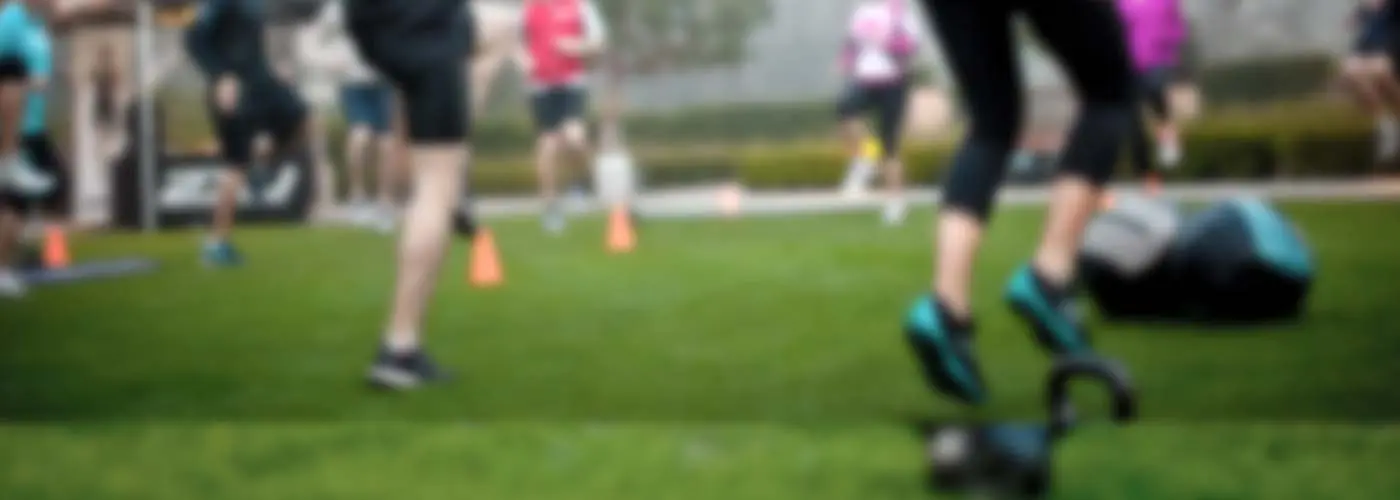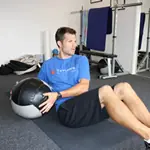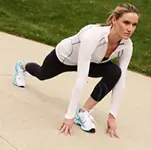
Vertical training is anything that is actual or simulated ascension: mountain running, hill climbing, stair mill, building stair climbing, incline treadmill and more. Conversely, horizontal training refers to any training where you remain in horizontal form with a modest incline or range of motion like running, elliptical, stationary bike, walking or rowing.
More: Stair Workouts for Endurance Athletes
There are many crossover workouts in both of these styles of training, but for stair climbers, vertical training is used to achieve the best race results.
To understand the basic theory of vertical training, one of stair climbing's top vertical trainers, P.J. Glassey, shares his insight.
More: Intro to Stair Climbing
While he may not be the innovator of vertical training, P.J. Glassey, owner of XGym in Seattle, is arguably the leading implementer. Judging by the success of his XGym individuals and team, his training plans are paying off. Glassey says, "Our team's in-state record since 2008 is: one third-place finish, two second-place finishes and seven first-place finishes in Seattle tower races. We hold the male and female course records in all three buildings that have races here in Washington State."
"We combined with West Coast Labels and runningraw.com in 2010 to form a joint team for races outside of Washington State. This team is undefeated to date. We don't always organize a team for races in other states, but when we do, there is such a huge gap between us and the second place team, it looks like it must be a timing error," Glassey says with a grin.
More: Improve Fitness With Cross-Training
Glassey's first climb was in 2006 when he took on The Big Climb at the Columbia Tower in Seattle. "Before the race I did a recon climb up the tower to see what I was facing and after the race, I knew I'd made rookie mistakes, but it was important for me to know how to train myself and others for these high intensity climbs."
High intensity vertical training was Glassey's answer. "The vertical aspect just made sense to me that if we are to get good results on stair climbing, we had to simulate the range of motion of running up and mimic the effect it has on the lungs and heart rate."
More: High Intensity vs. Steady State Workouts
For horizontal racers who attempt tower races, they often blow up by floor 20 because their lungs and heart aren't conditioned to pushing past what Glassey refers to as "the redline." "Redline is when your body tells you to stop, but in stair climbs you have to keep going to finish. It's pushing yourself 95 to100 percent after you hit the redline."
First-time stair climber Mike Palac agrees and says how he benefits from vertical training for horizontal races, "Climbing steps definitely helps with my running and cycling in the off season."
More: Offseason Cross-Training Tips
- 1
- of
- 2
About the Author

Get ACTIVE on the Go


Couch to 5K®
The best way to get new runners off the couch and across the finish line of their first 5K.
Available for iOS | Android





Discuss This Article